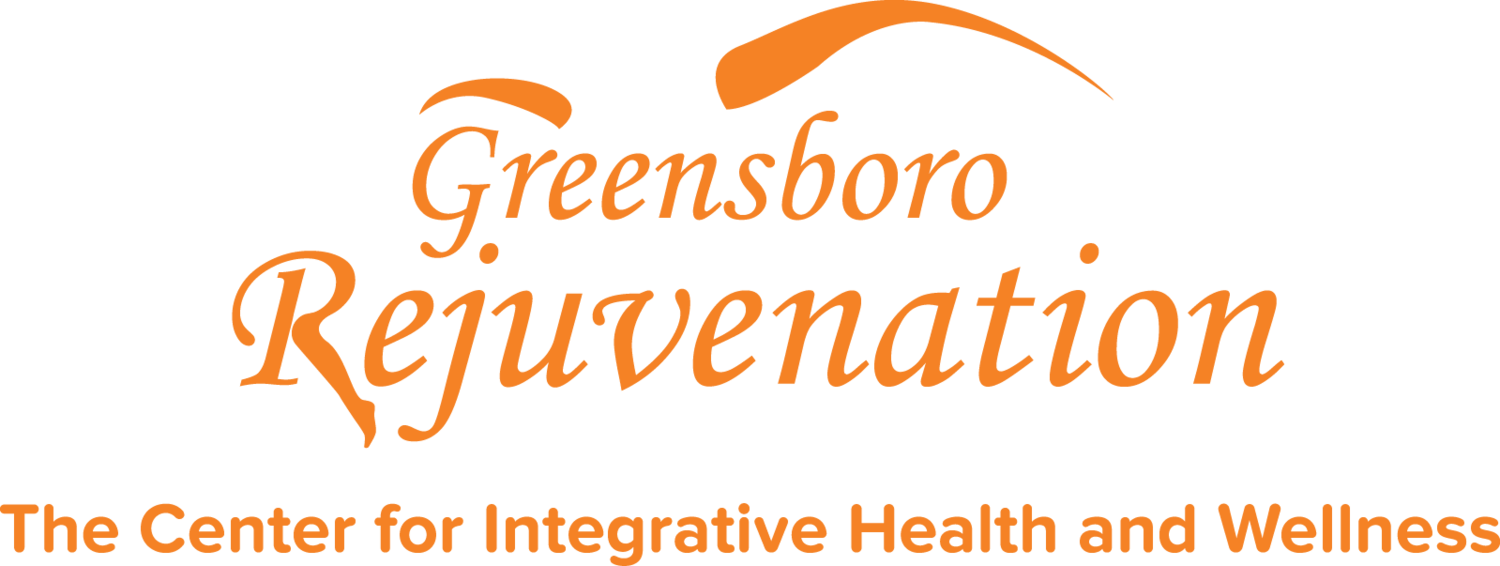PRP & Rotator Cuff
/In vivo clinical and radiological effects of platelet-rich plasma on interstitial supraspinatus lesion: Case series
Results
Tear volume diminution was statistically significant (P = .007), and a >50% tear volume diminution was observed in 15 patients. A statistically significant improvement of Constant score (P < .001), SANE score (P = .001), and VAS (P < .001) was observed. In 21 patients, Constant score improvement reached the minimal clinical important difference of 10.4 points





















